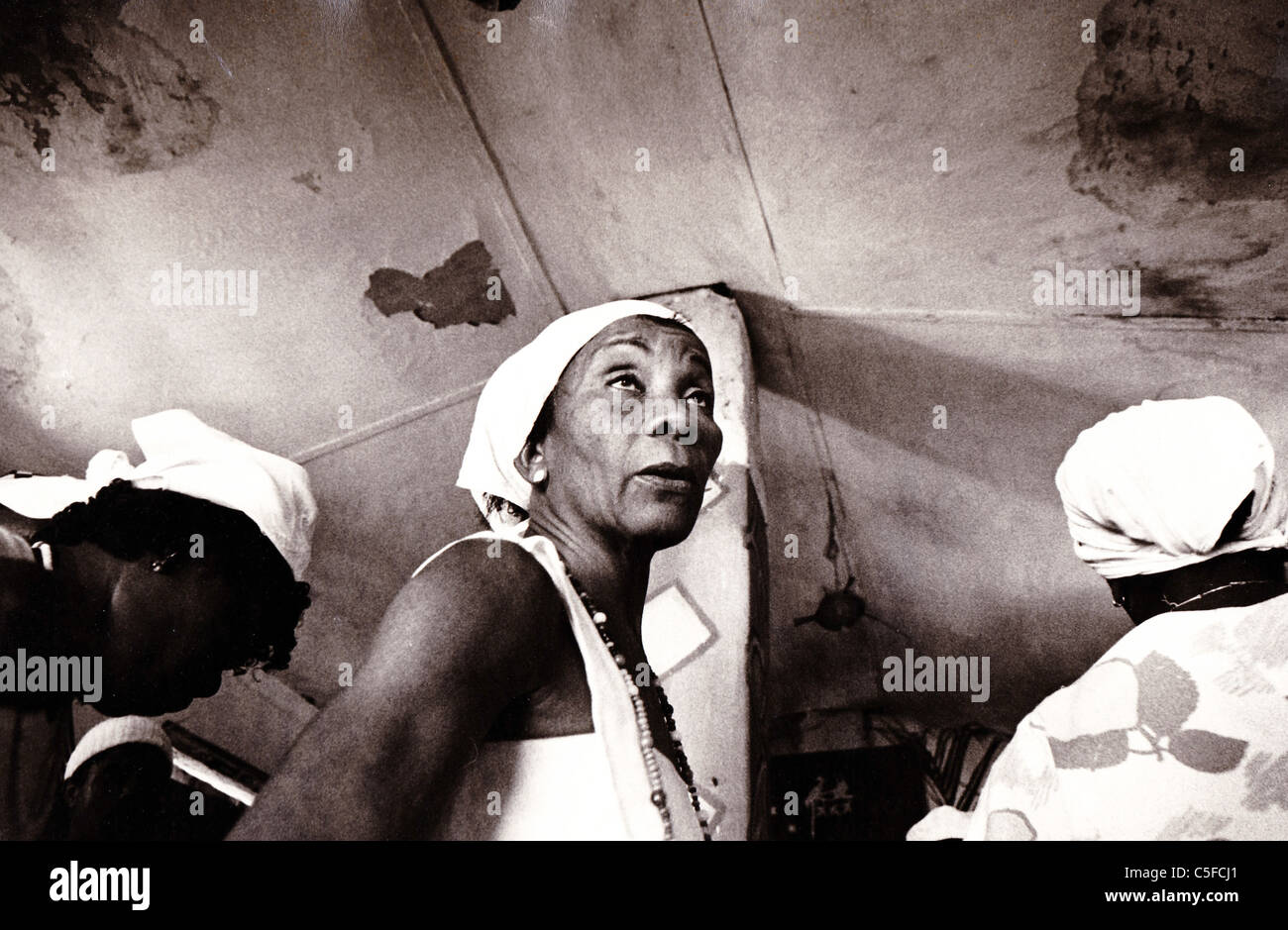Afro-Cuban culture is a rich tapestry woven with threads of history, duality, and identity, encapsulating a multitude of practices that have evolved from a diverse set of traditions. This exploration delves into the manifestations of Afro-Cuban culture through music, rituals, and heritage, particularly in the context of contemporary society.
Music stands as a fundamental pillar within Afro-Cuban culture, serving not only as a means of entertainment but also as a vehicle for spiritual expression and community bonding. The genres of rumba, son, salsa, and reggaeton are among the most notable musical forms, each reflecting the synthesis of African rhythms and Spanish melodies. Rumba, with its captivating polyrhythmic structures, distinctively showcases the influence of African drumming traditions. Its improvisational style allows for individual expression, while simultaneously fostering a communal atmosphere.
The traditional instruments used in these musical forms include the djembe, congas, and the cajón, each contributing to the characteristic sounds of Afro-Cuban music. These instruments facilitate a connection to ancestral roots, embodying the spirits of those who contributed to their genesis. They resonate not only in the auditory experience but also in the spiritual realm, wherein music serves to honor deities, ancestors, and the vibrant community at large.
Central to Afro-Cuban music is the phenomenon known as “clave,” a rhythmic pattern that acts as the backbone of many compositions. This rhythm encapsulates the interconnectedness of Afro-Cuban life, where cycles of movement and rest epitomize the duality of existence. The key to understanding the essence of Afro-Cuban music lies not only in the sound but in the socio-cultural narratives it conveys, often illustrating the struggles and triumphs of the Afro-Cuban people.
Another vital aspect of Afro-Cuban culture is its religious practices, which incorporate elements from indigenous beliefs and African religions, most prominently Santería. This syncretic faith embodies a rich spiritual heritage where the saints and orishas—deities representing natural forces—are venerated through elaborate rituals that serve to connect practitioners with the divine. The rituals often involve animal sacrifices, offerings, and ecstatic dances, creating a multi-sensory experience that transcends the mundane.
This blending of religions—Catholicism and African spiritualism—exemplifies the negotiation of cultural identity faced by the Afro-Cuban community. The rituals, often held within the confines of the home or at designated temples, provide a sanctuary for spiritual renewal and communal support. Observers of Santería engage in an intricate tapestry of customs, reinforcing ties with ancestors while navigating the complexities of modern Cuban life.
Educational gatherings, known as “bembés,” serve as vital opportunities for individuals to engage with the practices and teachings of Santería. Through rhythm, song, and dance, these events foster a deep sense of belonging and continuity in the cultural heritage passed down through generations. They underscore the significance of oral tradition, with knowledge imparted in an experiential manner, thus reverberating through the collective memory of the community.
Art, too, plays a pivotal role in the expression of Afro-Cuban culture. The visual arts are replete with symbols derived from African mythology, expressed through vibrant paintings, sculptures, and textiles. Artists often use their work to address themes of identity, resilience, and social justice, reflecting the lived experiences of their communities. The visual manifestation of Afro-Cuban culture acts as a medium through which stories are told, urging society to confront its past while envisioning a more equitable future.
Dance, an integral component of Afro-Cuban culture, amalgamates physical expression with spiritual invocation. Dances such as the “iyá,” associated with the worship of maternal figures, emphasize both grace and strength, illustrating the dichotomy of femininity in Afro-Cuban spirituality. Other forms, such as the “danzón” and “mambo,” showcase the evolution of Afro-Cuban society, bridging traditional practices with contemporary innovations. These dances not only entertain but also serve as a historical record, preserving the narratives of a people who have navigated centuries of oppression.
Furthermore, the impact of globalization cannot be overlooked in the exploration of Afro-Cuban culture. As digital platforms proliferate, there exists both an opportunity and a challenge. On one hand, global exposure facilitates the dissemination of Afro-Cuban music and spirituality to a wider audience, inviting recognition and appreciation. Yet, there lies a concomitant risk of commodification—that the authentic roots may become diluted as cultural expressions are repackaged for mass consumption. This duality calls for a critical examination by artists and practitioners alike, as they navigate the complex interplay of tradition and modernity.
A pressing aspect of this cultural exploration is the ongoing struggle for Afro-Cuban rights and representation within the broader Cuban society. Issues of systemic inequality and cultural appropriation underscore the necessity for advocacy and education. By amplifying the voices of Afro-Cuban artists, musicians, and spiritual leaders, there lies potential for a more inclusive narrative that honors the diversity of the Cuban identity. The rediscovery of African heritage within Cuba remains a vital endeavor, one that requires not only celebration but also accountability.
In conclusion, Afro-Cuban culture represents a profound synthesis of music, ritual, and heritage—an enduring legacy that continues to evolve. Through an appreciation of its complexities and nuances, one can glean insights into the resilience of a community that has persevered in the face of adversity. By understanding and engaging with these cultural expressions, we come to appreciate not only the Afro-Cuban experience but also the shared humanity that transcends borders and generations.
